- A new report from Reuters details how Tesla knew about customers' concerns about subpar range and gave them the runaround.
- Represents an odd act of aggression by an automaker against its own customers.
- Edmunds tests have never shown that Teslas can meet their range estimates.
Report Claims That Tesla Knew About Misleading Range Results and Gaslit Its Customers
No Tesla vehicle has ever met its EPA range estimate in our own real-world EV range testing
An explosive new investigation by Reuters details the extent of Tesla's knowledge that many of its customers were unhappy about their vehicles' real-life range — which didn't meet Tesla's or the EPA's estimates — or even the displayed range in the vehicles themselves. The story says that the complaints and service requests were so numerous, that a special "Diversion Team" of Tesla's remote service department was created to reassure customers that nothing was wrong, then cancel appointments. The damning report comes a day after seven of the world's largest EV automakers announced they would band together to create a charging network to rival Tesla's Supercharger stations.
The Reuters story is rich with accounts of individuals — including Edmunds' own director of vehicle testing, Jonathan Elfalan — whose observed real-life EV range testing never matched the estimates claimed by Tesla and the EPA, nor the range readout given by the vehicle itself. Owners also shared their frustrations trying to set up service appointments to have any potential issues sorted, only to have Tesla's advisers give them the runaround.
At war with its customers
Especially damning are claims that owners concerned about battery performance were flagged in Tesla's system. Per Reuters:
"Tesla also updated its phone app so that any customer who complained about range could no longer book service appointments, one of the sources said. Instead, they could request that someone from Tesla contact them. It often took several days before owners were contacted because of the large backlog of range complaints, the source said. ...
"In late 2022, managers aiming to quickly close cases told advisors to stop running remote diagnostic tests on the vehicles of owners who had reported range problems, according to one of the people familiar with the diversion team’s operations.
" 'Thousands of customers were told there is nothing wrong with their car' by advisors who had never run diagnostics, the person said."
The article explores many more shady practices by Tesla, an automaker now seemingly battling with its own advocates.
At Edmunds, we've been noting Tesla's unusual real-life range results over the years. Here's what we've observed after multiple large-scale tests and owning Teslas ourselves.
Testing Tesla's range claims by literally driving cars until they stopped
Even though Tesla famously does not have a press department, Tesla engineers reached out to us in early 2021 — shortly after we published our EV range leaderboard for the first time — and challenged our results. The engineers asserted that because our real-world loop didn't account for an invisible buffer past zero indicated miles of range, we weren't truly eking out every mile from the battery pack.
We decided to test the claim, but since driving a car until it stopped on the road seemed unsafe and irresponsible, we rented a closed oval circuit at a proving ground to do just that. We brought three Teslas in total (two versions of a Model 3 and a Model Y) plus a Volkswagen ID.4 and Ford Mustang Mach-E. We would top off the cars, drive them onto the oval and loop at 65 mph, and keep driving until they stopped.
The results from this test were fascinating, and proved Tesla's engineers correct from a technical perspective, but with so many caveats that actually achieving these Teslas' indicated range on public roads isn't recommended.
Results of Teslas on Edmunds' long-range EV loop
Beginning in 2021, Edmunds began subjecting all electric vehicles it tests to a real-world range loop in an effort to give shoppers an idea of what range they can expect, outside of the EPA's testing procedure. This test is conducted on public roads in Southern California, constituting a mix of 60% city driving and 40% highway driving.
As of this publication, Edmunds has range-tested 61 electric vehicles and published those results on an easy-to-read graphical leaderboard. This leaderboard is ranked by how far an electric vehicle was able to travel on the loop before it got so close to an indicated range of zero miles that we had to recharge. To date, every Tesla that we've tested on this loop — eight in total — have failed to meet the EPA-estimated range. Some of these have been near-wins (the 2021 Tesla Model S Plaid, for instance, was only 3 miles shy of its target), but we hold Teslas to the same testing procedure that we conduct for all EVs on this loop.
And the fact of the matter is that with just a handful of exceptions — a pair of Lucid Air sedans and the Toyota bZ4X SUV — all other vehicles tested met or exceeded their EPA estimates.
Results of Edmunds' long-term Teslas
As part of Edmunds' long-term road test program, we've owned at least one example of every Tesla (except the Roadster) to date — a 2013 Model S, a 2016 Model X, a 2017 Model 3 and a 2020 Model Y. We even went through the trouble of ordering one of the difficult-to-secure $35,000 Model 3 Standard Range models during the short window they were available.
Our results with each of these long-term vehicles is mixed. For the Model S, the EPA claimed our P85 model would return 265 miles of range based on its consumption calculation of 38 kWh/100 miles. We didn't have a comprehensive EV range stress test back then, and since this was the early days of us figuring out how to capture consumption information, not all of our data is usable. But we did drive the model S on an LA-NYC-LA cross-country road trip, and we know the data gleaned from this trip is accurate. We noted average consumption of 31.7 kWh/100 miles. We consider this particular Tesla's range and economy targets achievable, though not on our EV range test loop.
The tide had changed by the time we purchased our next Tesla, a 2016 Model X Signature P90D. This vehicle also carried an EPA consumption figure of 38 kWh/100 miles (odd, since the Model X was more than 700 pounds heavier than the Model S) and an estimated range of 250 miles. We still weren't running EVs until empty, but we did come close once, with 171.5 miles traveled and 7 miles remaining with the vehicle in its 100% max range mode enabled. Our average consumption over nearly 25,000 miles stood at 55.3 kWh/100 miles, and a best "fill" of 40.9 kWh/100 miles. No matter the traffic conditions or how we drove, we never got close to the Model X's EPA ratings.
The next Tesla addition to our fleet was a 2017 Model 3 Long Range — the only variant available for the Model 3's first model year. According to the EPA, we should have expected consumption of 27 kWh/100 miles and a maximum range of 310 miles. And while our overall average consumption of 31.2 kWh/100 miles and maximum observed range of 261 are worse than estimates, a few results paint a more complete story. We observed multiple individual battery "fills" with consumption under 27 kWh, with the most efficient drive at a miserly 21.7 kWh/100 miles. This shows that with a judicious right foot, the Model 3 might be able to hit its EPA target (as with the Model S, this has never been the case on our EV range test loop).
We took possession of our final new Tesla, the Model Y Performance, in spring 2020, and it's still in our fleet today. Consumption for our sporty SUV was listed at 30 kWh/100 miles, with a maximum range of 291 miles. We've broken the consumption barrier a few times, with 24.1 kWh/100 miles as our best result. Our farthest distance traveled in typical traffic was 242.8 miles, with 10 miles remaining, according to the onboard computer. Oddly, this particular fill was in Max mode, and consumption was below the EPA's estimate at 28.4 kWh/100 miles. So with 252.8 theoretical miles on the trip and lower than average consumption, we still wouldn't have gotten close to the EPA's 291-mile range by the time we entered the Tesla's shadowy post-zero range.
Edmunds says
Tesla sales are still strong, but a series of self-inflicted wounds could prove disastrous. With a number of worthy rival EVs on the market — and the Supercharger network soon opening to non-Teslas — we don't think now is the time for Tesla to turn its back on customers concerned about the validity of their vehicles' range and consumption.
If you want to know what kind of real-world range you can expect from an electric vehicle, be sure to check out Edmunds' EV range leaderboard.
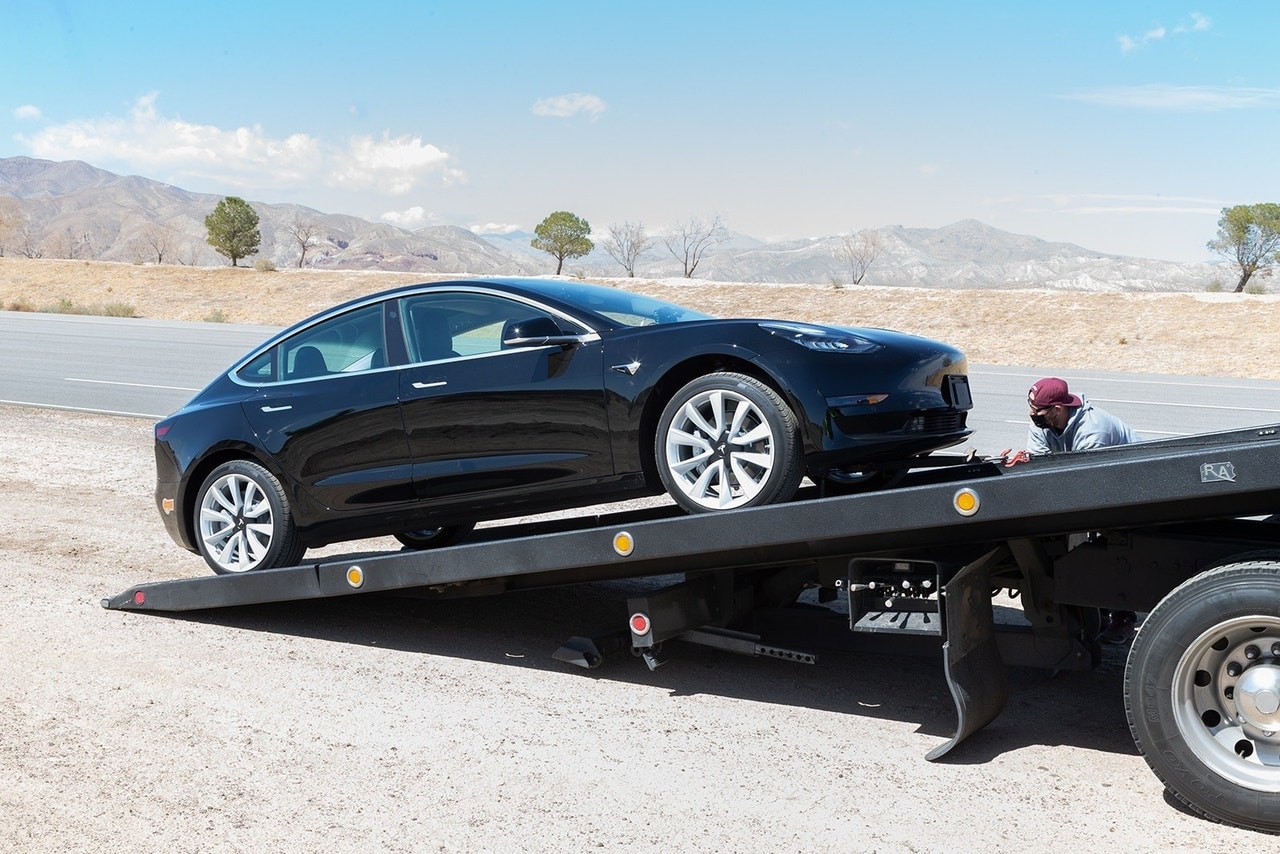
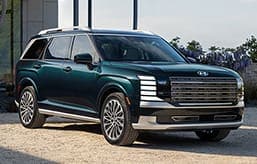
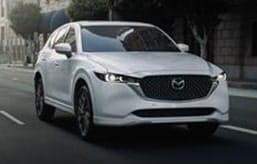
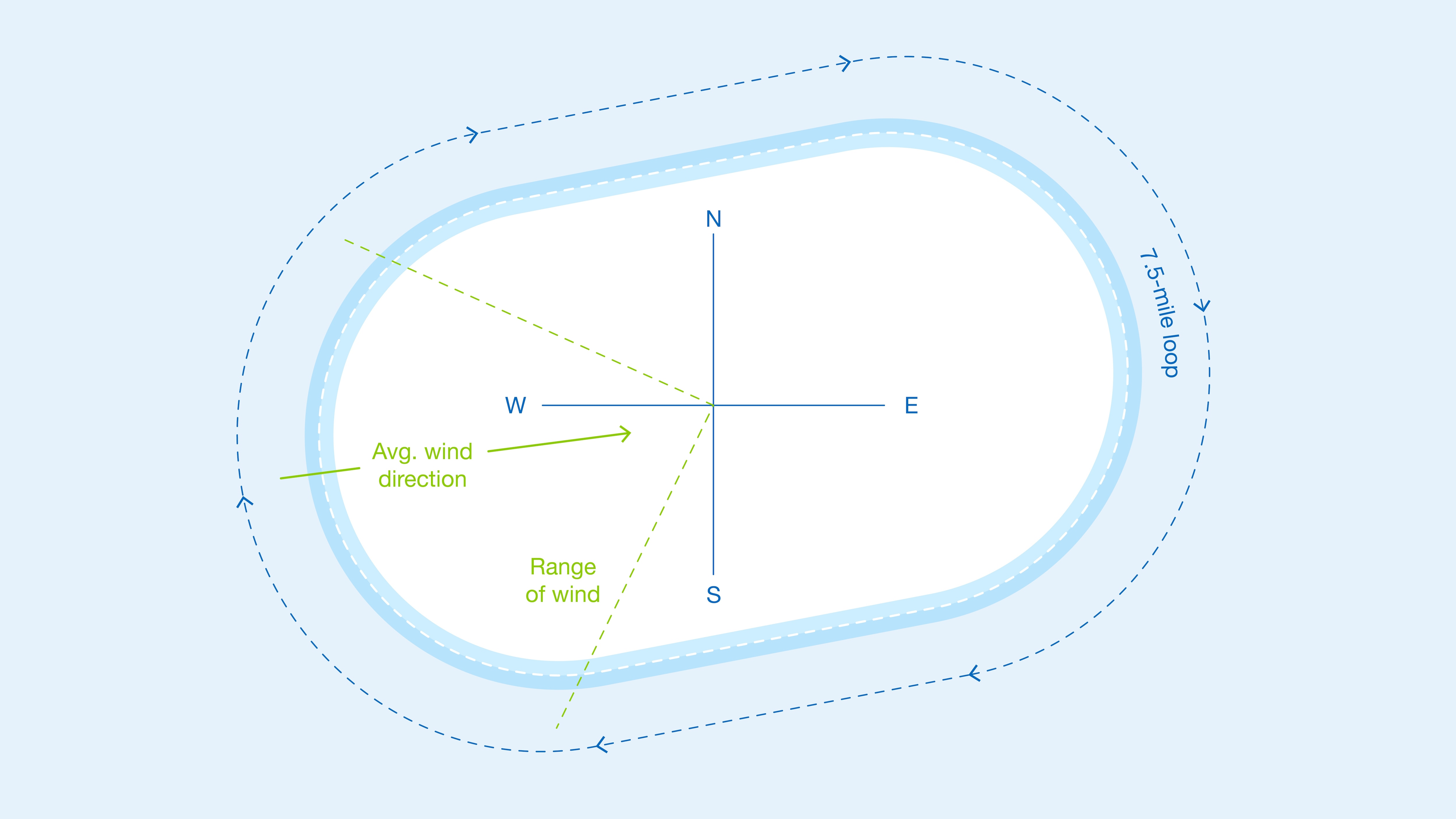
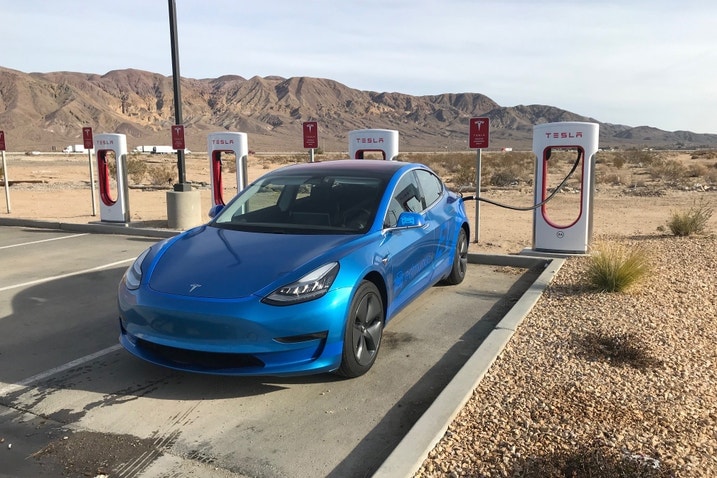
 by
by